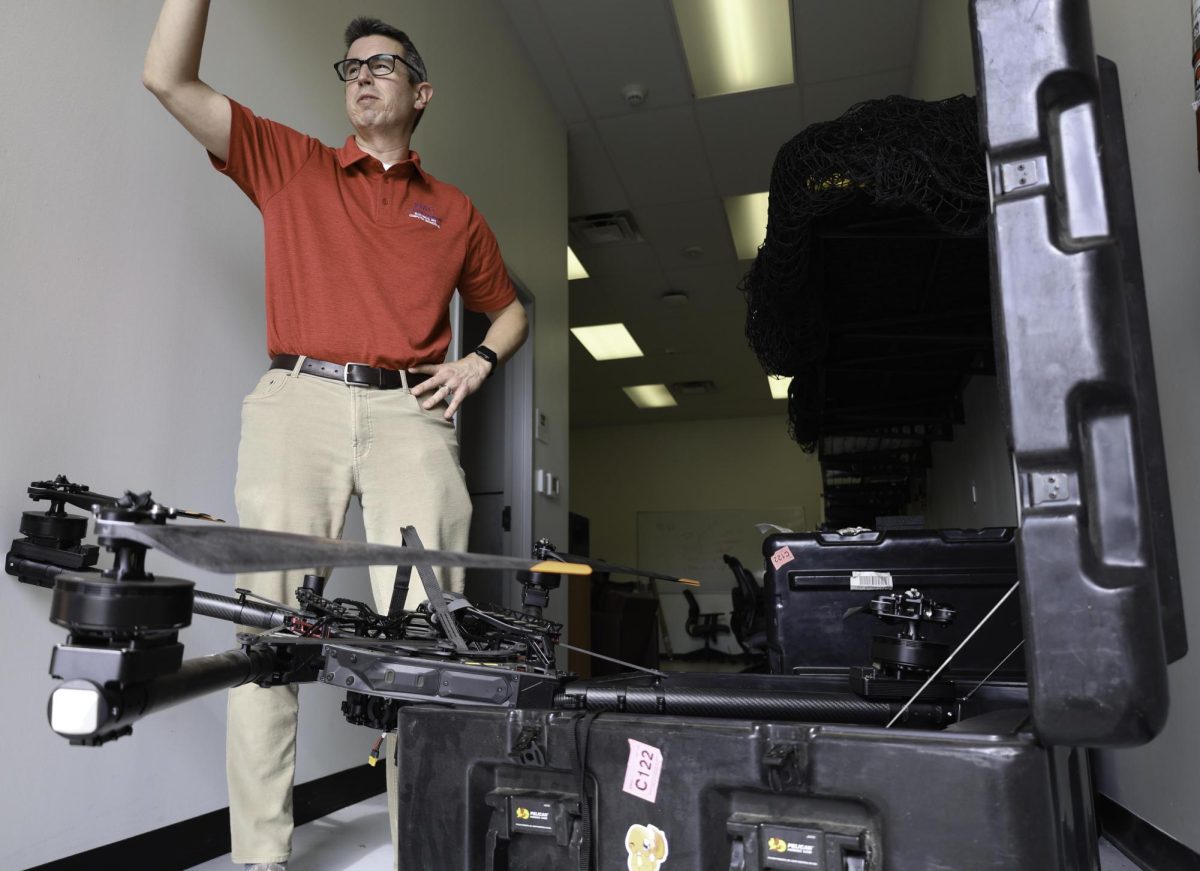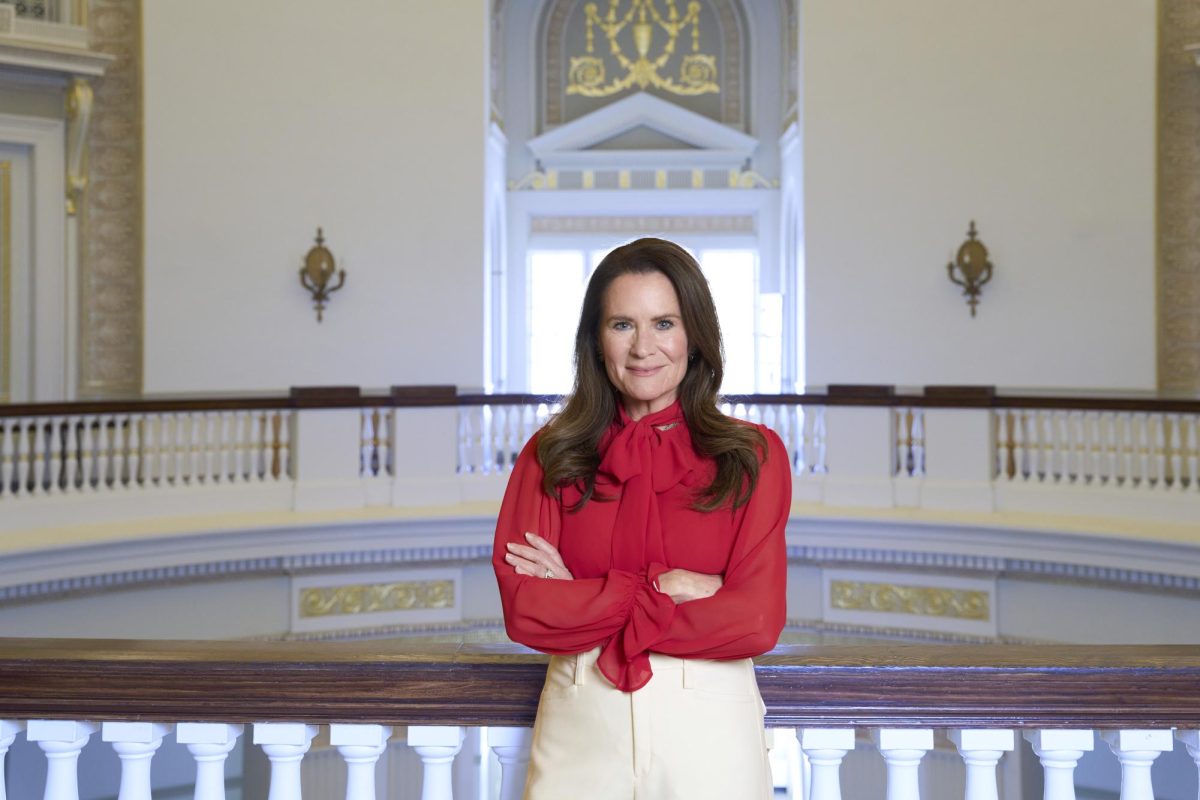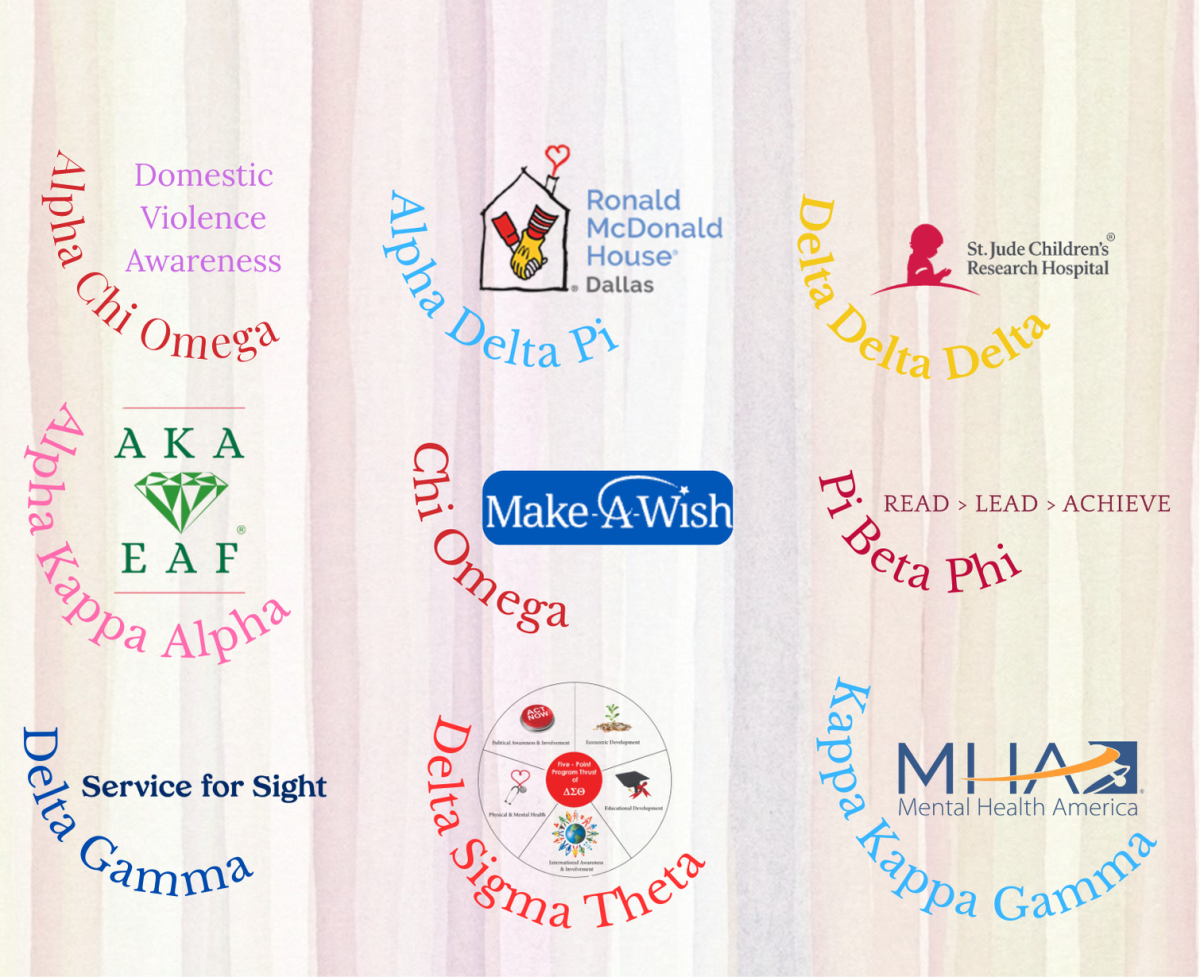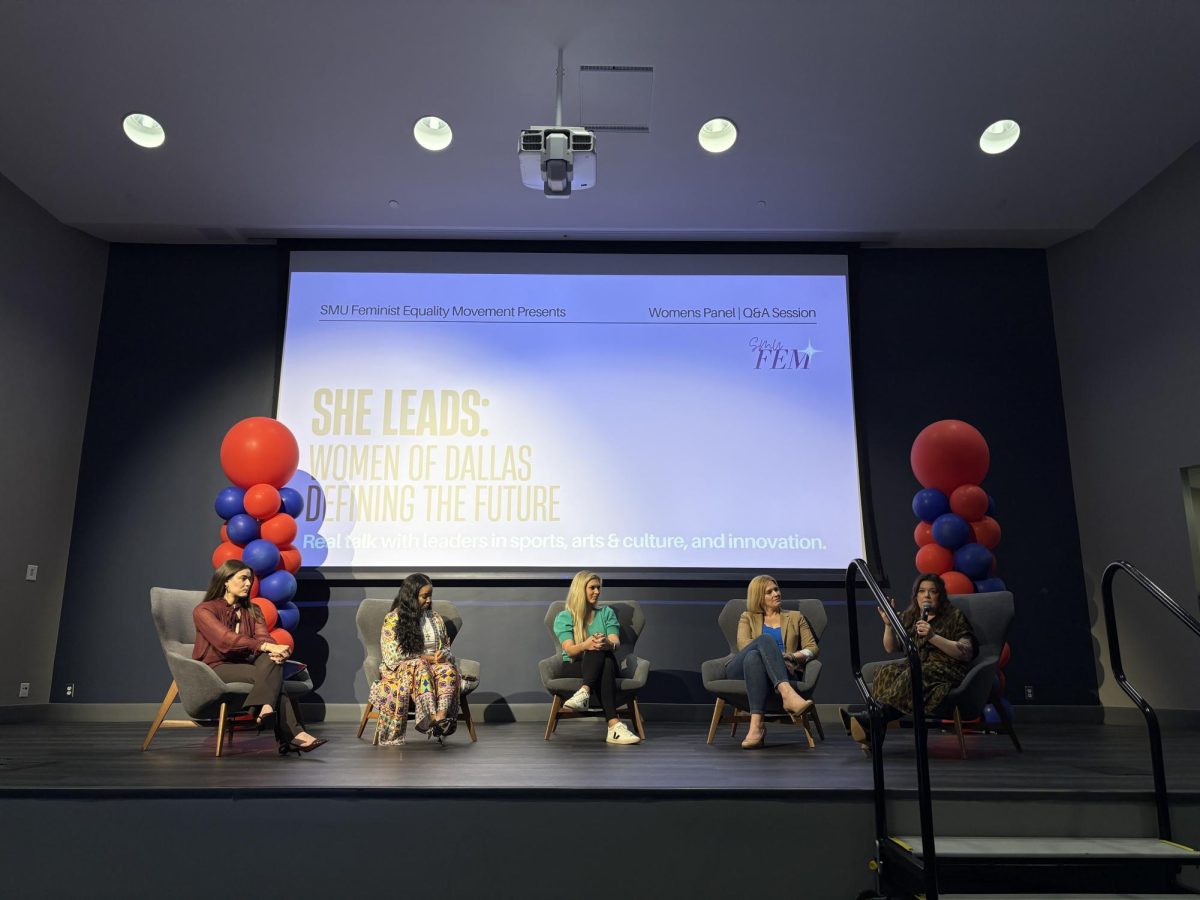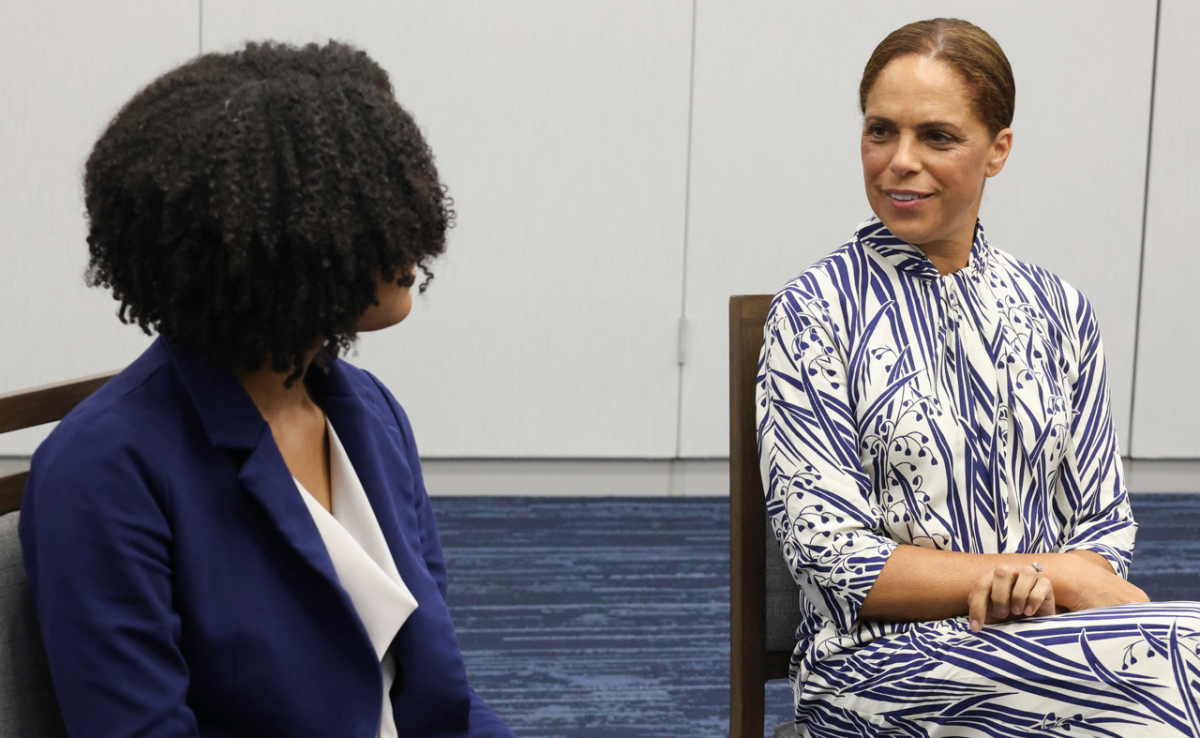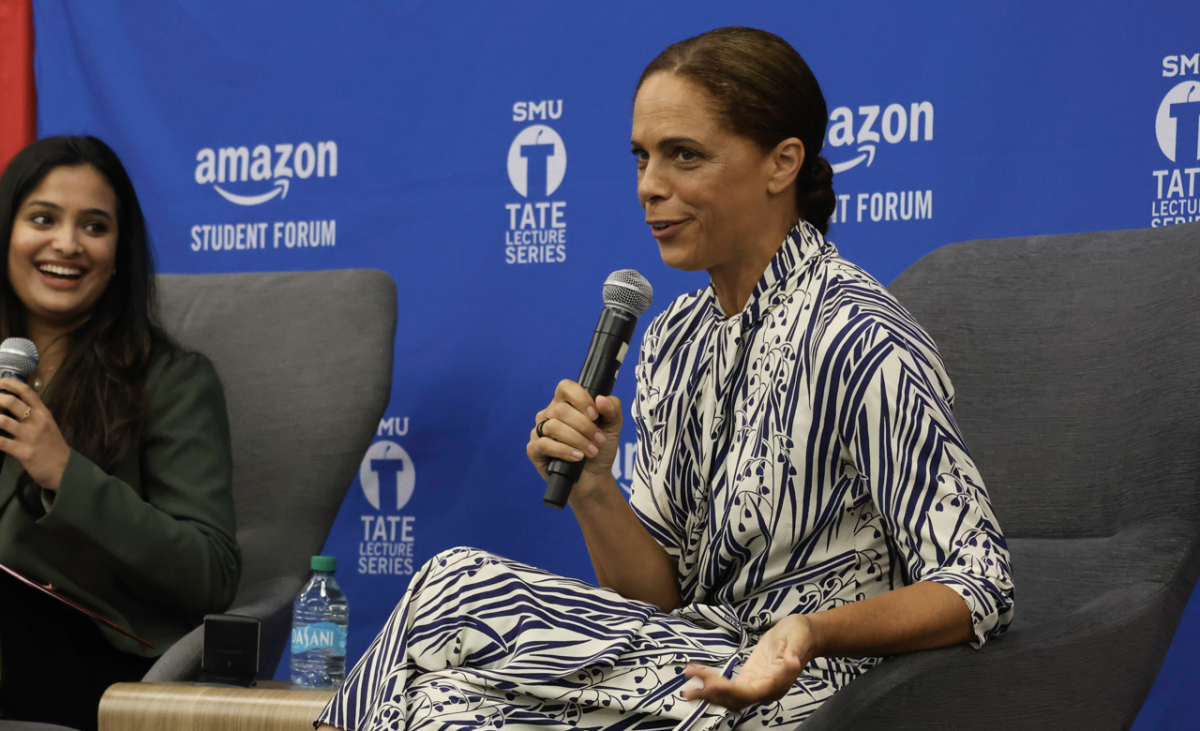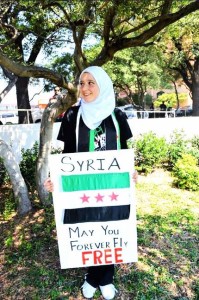
Karma Orfaly used to go to Damascus, Syria every summer as a child. She used to go so often that she remembers never having celebrated a Fourth of July in America.
When she was younger she never paid attention to the political scene in Syria. She was only there to relax, to eat, to sleep and to enjoy her grandparents. As she got older, however, she started to notice that things were “strange” in the Syrian government, she said.
When she turned 16, the summer visits to see her grandparents ended and a Syrian revolution began.
“I didn’t think Syrians would have a revolution. I didn’t know how evil the government was. They’ve always been corrupt,” Orfaly said.
Now as a sophomore studying political science and human rights at SMU, Orfaly attends Syrian protests and fundraising events in the Dallas community.
“I dream of a day when [Syria] is under a different regime,” she said. “People deserve to have what we have in this country.”
Orfaly is among a growing chorus of students and campus organizations, including SMU Amnesty International and the Muslim Student Association, voicing their concerns and raising awareness for the Syrian conflict. There have been numerous panels, discussions and events held on the SMU campus, the most recent open panel in October was hosted by experts on the Syrian conflict.
The conflict’s most recent events begin in 2000 when President Bashar al-Assad succeeded his father and assumed control of Syria. From 2002 until 2011, Syria found itself clashing with Lebanon, Turkey and the Western Hemisphere, and later making diplomatic progress with Iraq, Turkey and the European Union and then again souring those relationships in the popular uprising in 2011. The uprising was started by protesters in Damascus and Daraa who demanded the release of political prisoners.
Security forces killed many people in Daraa, triggering days of violence that spread nationwide over the following months. Tensions between Assad’s regime and opposition forces steadily grew to the proportions of suicide bombings and the use of chemical weapons on civilians in Damascus in August 2013 that killed about 300 people. United Nations weapons inspectors did not explicitly allocate responsibility for the attack. Two months later, President al-Assad allowed international inspectors to begin destroying Syria’s chemical weapons on the basis of an agreement between the United States and Russia.
The conflict in Syria has reached such proportions it is comparable and surpassing the genocide of Rwanda in 1994. Professor John Vernon of the SMU law school said, “this will be something that will make Rwanda look like a party.”
Orfaly said she has had family relocate to surrounding countries like Jordan, Turkey and Egypt. Professor Rick Halperin of the Embrey Human Rights Program said that out of the 1.6 million acknowledged refugees in Syria, according to the United Nations High Commissioner for Refugees (UNHCR), there is a level of protection afforded them. Clothing, food, water and basic necessities are provided for a refugee’s survival. On the other hand, for the UNHCR’s 2 million IDPs, or internally displaced peoples, there is no organization to ensure their wellbeing, he said.
“If you are an IDP you remain at the mercy of wherever you are. You are on your own,” Halperin said.
Mamdouh Mubarak, 26, a graduate student studying engineering management, narrowly escaped the conflict in Syria and was able to come to SMU in 2012 on a Fulbright scholarship.
All that he had on his person was one handbag for a new life in America, he said.
His Fulbright advisor told him not to return to Syria.
He almost left without saying goodbye to friends and family, but most were able to see him off.
Mubarak never attended protests in Syria because he knew it would ruin his chance to study in the United States. If he protested, there was a “big chance of ending up in jail or getting shot,” he said.
He said eventually he will return and help rebuild Syria when the situation betters, especially in the education field. Mubarak would like to be a part of organizations that help children in liberated areas to educational resources that they are not receiving because of the conflict.
“Some Syrian children cannot read and write because they have been forced to leave school,” Mubarak said.
Using Texas as a comparison, Ayman Taleb, a representative of the Syrian Relief organization called Shaam Relief, drew upon statistical figures to demonstrate the severity of circumstances in Syria. Taleb said that Texas has approximately the same population as the Syrian country. 7.39 million Syrians are refugees or internally displaced, roughly the equivalent of the entire Dallas/Fort Worth metroplex being without a home. Figures show that 2.2 million refugees in just the last two years were Syrian. Of the 130,000 people killed since the conflict began, 11,000 were children. Three-quarters of the Syrian population have an immediate relative who has been killed in the conflict. 50 percent of refugees are 17 years old and younger.
“It’s so bad where Syrians can’t handle this themselves,” Orfaly said. “Somebody needs to stand up.”
Mubarak said he wants to see Syria as a democratic nation. “It’s hard to switch a mindset [toward] democracy,” he said.



